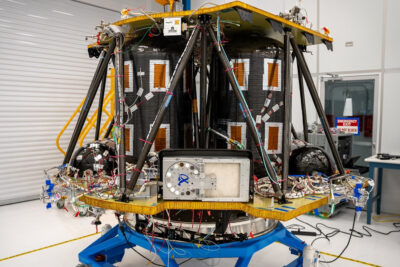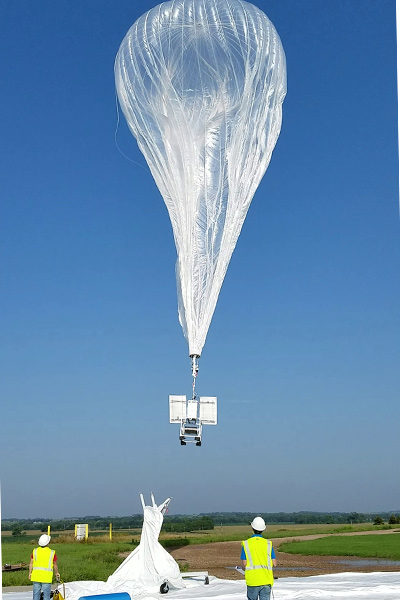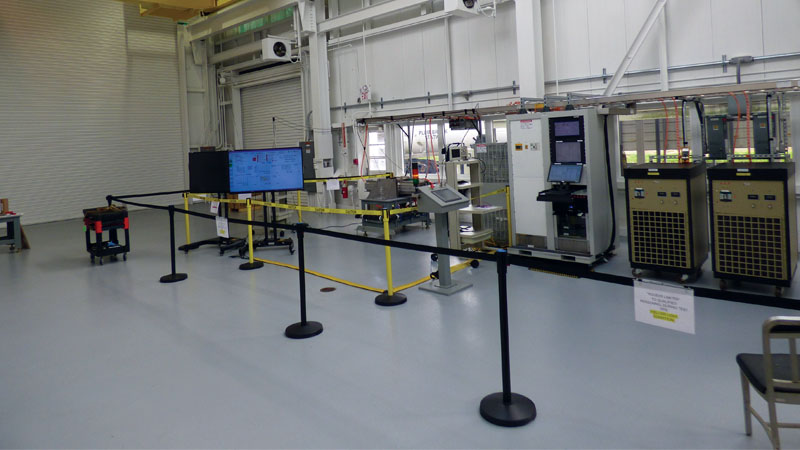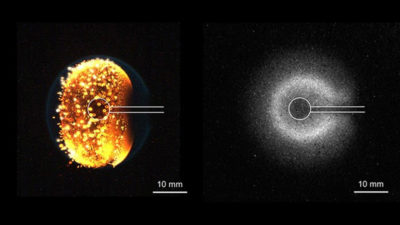Computation and AI unlock detailed studies of materials
By Terrisa Duenas|December 2023
The Materials Technical Committee promotes interest, understanding and use of advanced materials in aerospace products where aerospace systems have a critical dependency on material weight, multifunctionality and lifecycle performance.
When it comes to researching and developing materials for space travel and exploration, artificial intelligence is fast becoming not a luxury but a required tool. In January, research teams from the University of Utah and Virginia Commonwealth University designed a complex carbon nanostructure, via a machine learning algorithm, with properties that could match those of desired bulk mechanical properties. This has implications for how machine learning can assist in the exquisite design of materials that are both structural and can survive in deep space. To train their algorithm, the researchers started with a convolutional neural network and showed it various configurations of bundle microstructures. This taught the algorithm to recognize patterns of material structures suitable for spacecraft construction. They then incorporated this network into a genetic algorithm that now has the ability t o search the bundle microstructure “design space” for configurations that optimally achieve target bulk properties. Finally, they performed three-dimensional finite element micromechanics analyses of the nanotube microstructures to yield desirable bulk properties for operation in space.
Another area where computation is required is simulating the hypersonic speeds and adverse weather conditions that vehicles, including military aircraft and future hypersonic craft, will encounter. In May, research teams from Virginia Commonwealth University and the University of Maryland led by Ibrahim Guven and Christoph Brehm devised a computational approach to study how rain droplets damage vehicle surfaces and degrade aerothermodynamic performance. Their method coupled solid mechanics and computational fluid dynamics to quantify how the material of a vehicle reacts to striking raindrops, as well as how the shape of droplets changes when they pass through a vehicle’s bow shock, depending on the velocity, angle and other conditions. This method, Peridynamic-CFD Coupling for Adverse Weather Encounters, could help builders of hypersonic vehicles assess how different materials hold up under extreme thermodynamic states without actually having to be in hypersonic flight.
Elsewhere in materials research, AI helped researchers populate sparse experimental datasets from tiny samples returned from the International Space Station. In June, researchers from Pennsylvania State University created a machine learning model to reconstruct the microstructure of a piece of hydrated tricalcium silicate cement that was mixed and cured aboard ISS in 2018. Led by Vishnu Saseendran and Namiko Yamamoto, this AI-assisted reconstruction could help material scientists on Earth see firsthand how cement cures in zero gravity, which could influence plans to construct future space habitats and shape future research on properties of space-made materials. This method could also be applied to any experimental samples returning from ISS or the study of other materials, including polycrystalline. When used in conjunction with micromechanics-based tools — such as the NASA Multiscale Analysis Tool, as was the case in this experiment — materials scientists could study microstructural characteristics with a much higher resolution than without these in combination.
Contributors: Ibrahim Guven and Vishnu Saseendran



































